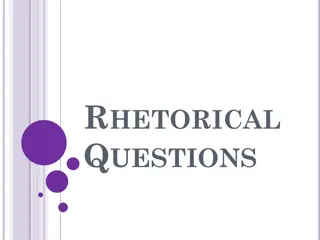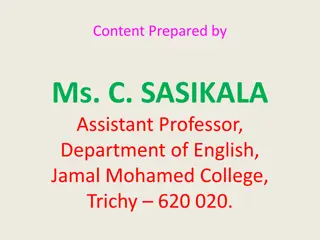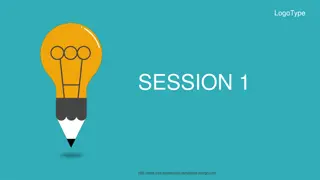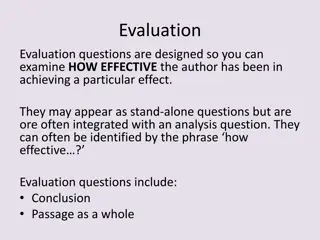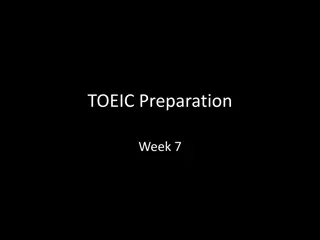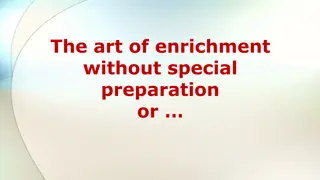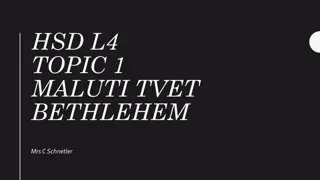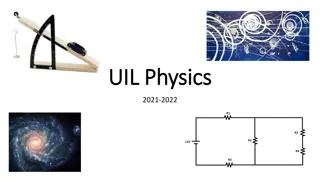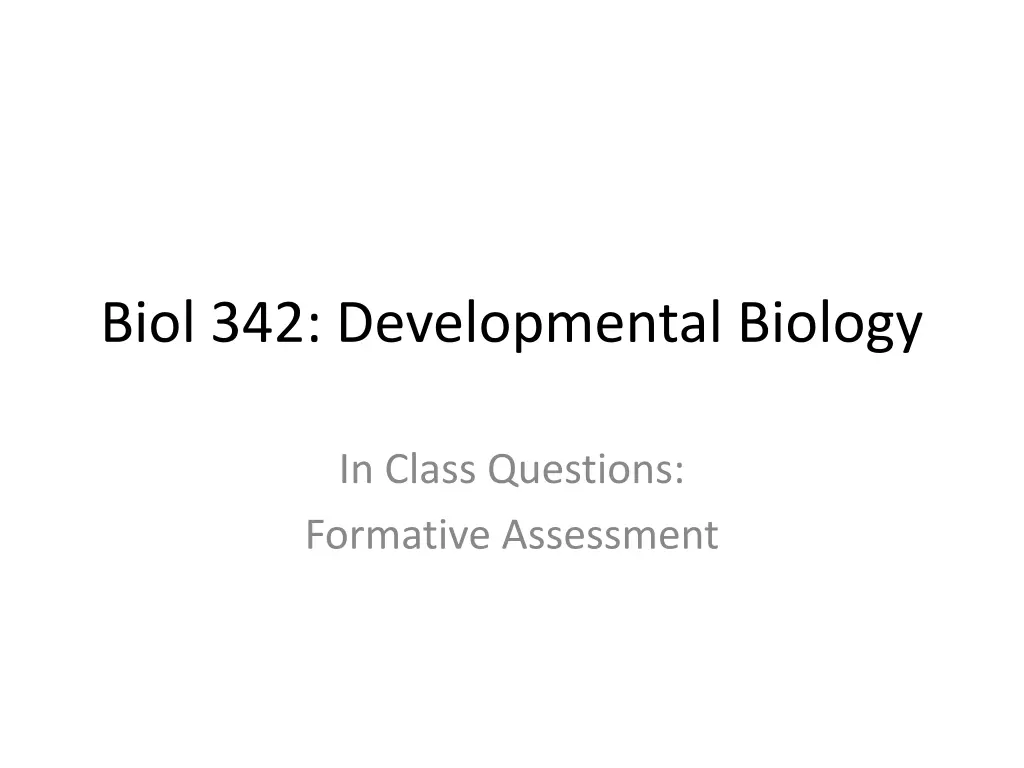
Developmental Biology In-Class Questions and Answers
Explore formative assessment questions in developmental biology, covering topics such as cell differentiation, morphogenesis, animal development, regeneration, gene expression, and evolution's connection to embryology. Enhance your understanding of how a single cell generates multiple types, the process of organizing cells into functional structures, major animal developmental differences, regenerative cell types, gene expression techniques, and the relevance of developmental biology to evolution.
Download Presentation

Please find below an Image/Link to download the presentation.
The content on the website is provided AS IS for your information and personal use only. It may not be sold, licensed, or shared on other websites without obtaining consent from the author. If you encounter any issues during the download, it is possible that the publisher has removed the file from their server.
You are allowed to download the files provided on this website for personal or commercial use, subject to the condition that they are used lawfully. All files are the property of their respective owners.
The content on the website is provided AS IS for your information and personal use only. It may not be sold, licensed, or shared on other websites without obtaining consent from the author.
E N D
Presentation Transcript
Biol 342: Developmental Biology In Class Questions: Formative Assessment
In development, a single cell gives rise to hundreds of different cell types (e.g. muscle, neurons, lymphocytes, blood cells, fat cells). How can a single cell, the fertilized egg, do this? A. certain genes are lost in one cell type whereas others are lost in other cell types B. DNA rearrangement causes transcription/translation profiles to be different in different cell types C. DNA is differentially expressed in different cell types D. the fertilized egg receives information from its environment that tells it how to do this E. none of the above
How can cells in our body organize themselves into functional structures? That is, how does morphogenesis occur? A. Through eliminating uneccesary cells via programmed cell death B. Through individual cell migration C. Through folding of cell layers D. All of the above
The major division of animals is based on what developmental difference? A. the presence/absence of an exoskeleton. B. the number of germ layers formed. C. the order in which digestive tract openings form. D. the number of genes in different animal groups E. the absence/presence of an embryonic opening called the archenteron
Some animals can regenerate their entire body! Which of the following cell types in mammals holds promise for generating new tissue that is lost to injury or disease? A. Placental cells B. Neural Crest Cells C. Stem cells D. Liver cells E. Sperm cells
In order to determine the location of expression of a gene of interest during development of an embryo, the best technique to use would be: A. Conditional Knock-out mouse B. In situ hybridization C. Southern Blot D. Gene sequencing E. Western Blot
How is developmental biology relevant to evolution? A. evolution occurs in order to change embryonic gene expression B. the environment that organisms find themselves in causes adult body plan adaptations that are inherited by offspring C. Darwin relied on embryology to deduce his theory of evolution by natural selection D. changes in embryonic body plans are the basis of different animal forms E. all of the above



